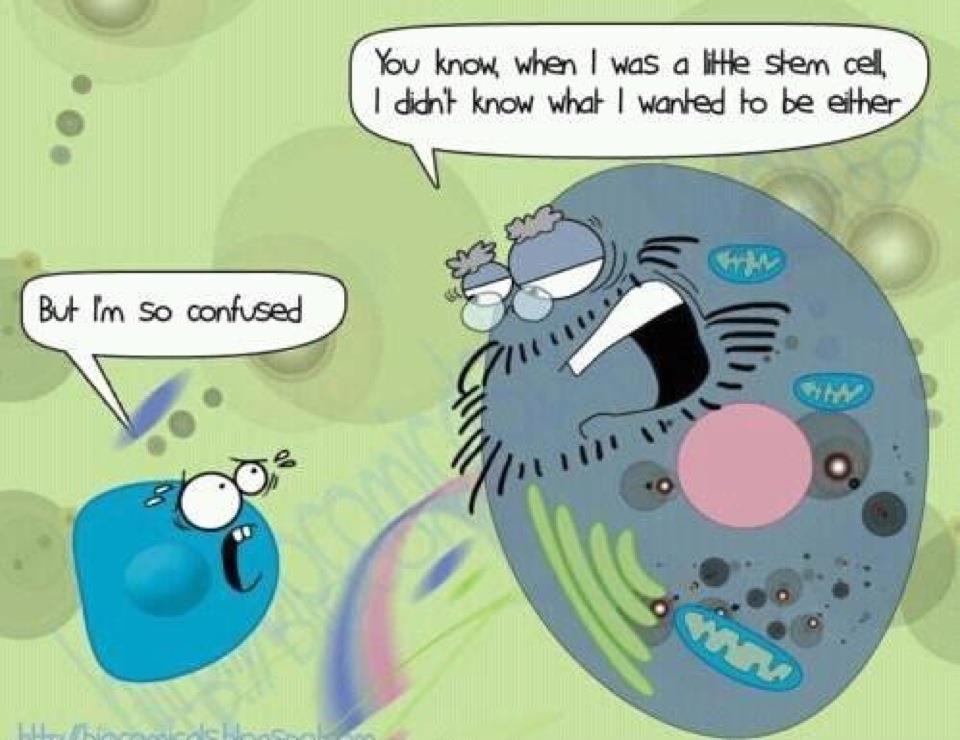 |
Remember those legends of explorers
who trekked deep into vast and unknown jungles? They would risk their lives to
find fantastical artifacts like the City of Gold or Pandora’s Box. One of the
most elusive and sought after legends was the Fountain of Youth, a magical
spring that increases longevity. Science seems to have found a form of this
elusive legend, using molecular techniques and innovative ideas.
Science Magazine
recently released an article on a breakthrough in senescent cells. Senescent
cells are cells that remain in the body even after they lose their ability to
perform certain tasks. Researchers at Mayo Clinic College in Minnesota have
published work on senescent cells that could help in the treatment of age
related diseases. Dr. Van Deursen at Mayo Clinic has shown that identifying and
eliminating senescent cells could slow the aging of other cells. In a study
done on genetically altered mice, aging effects were tested through elimination
of aged cells through targeting those cells using molecular targets. These mice
were alter to age faster than normal mice. Researchers wanted to determine if
aging in these mice could be slowed through targeting senescent cells. The
study showed that by eliminating those cells that expressed aging, researchers
were able to slow the process of aging in these mice models. When those senescent
cells were eliminated, newer cells were stimulated to grow in its place. This
technique of treating age related diseases is very relevant in today’s field of
medicine.
One
of the core problems related to neurodegenerative diseases is senescence: cells
that age and cause disconnection between synapses or release molecular
byproducts into the synapses between neurons that can cause dysfunction within
and between cells. The problem frequently faced with neurodegenerative diseases
is that the neural system is very closed off from other body systems. It is
this division that becomes problematic in finding dysfunctional cells that lead
to neurodegenerative diseases. One method of imaging that was recently
incorporated into neural studies was utilized by Dr. Saxena from the University
of Illinois in Chicago. In his studies on neural crest development, Dr. Saxena
wanted to visualize the growth of the axons, which are projections of neurons
to other neurons for communicational purposes, over time. Dr. Saxena used high
resolution neural imaging to identify these pathways of axon growth and, by
extension, find dysfunctional cells within the neural system. One of the
utilities of these high resolution imaging system is that cell growth and
dysfunction can be recorded in live imaging. Along with molecular tests,
neurodegenerative diseases can be detected through imaging technologies.
By
incorporating Dr. Saxena’s high resolution imaging to identify these
dysfunctional and senescent cells, and Dr. Van Deursen’s molecular targeting
technique, work in neurodegenerative diseases, like Alzheimer’s disease, can be
looked at more closely. With more options in treating neurodegenerative
diseases, we can hopefully make the lives of those who suffer from these
diseases, and their loved ones, better.
References
Saxena,
A., Peng, B.N., Bronnen, M.E. Sox-10 dependent neural crest origin of olfactory
microvillous neurons in zebrafish. eLifeSciences. (2013).

No comments:
Post a Comment